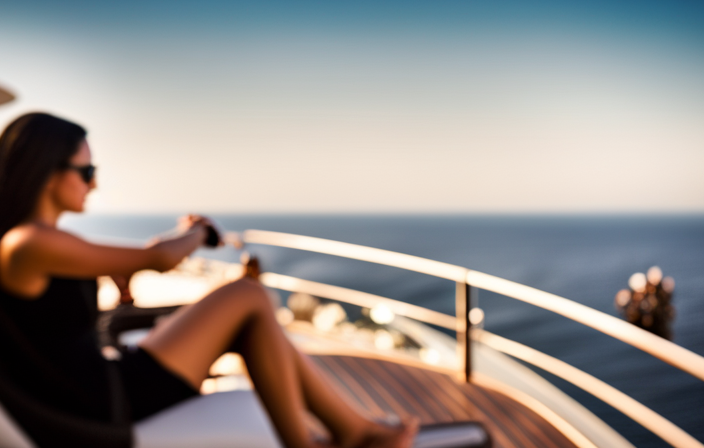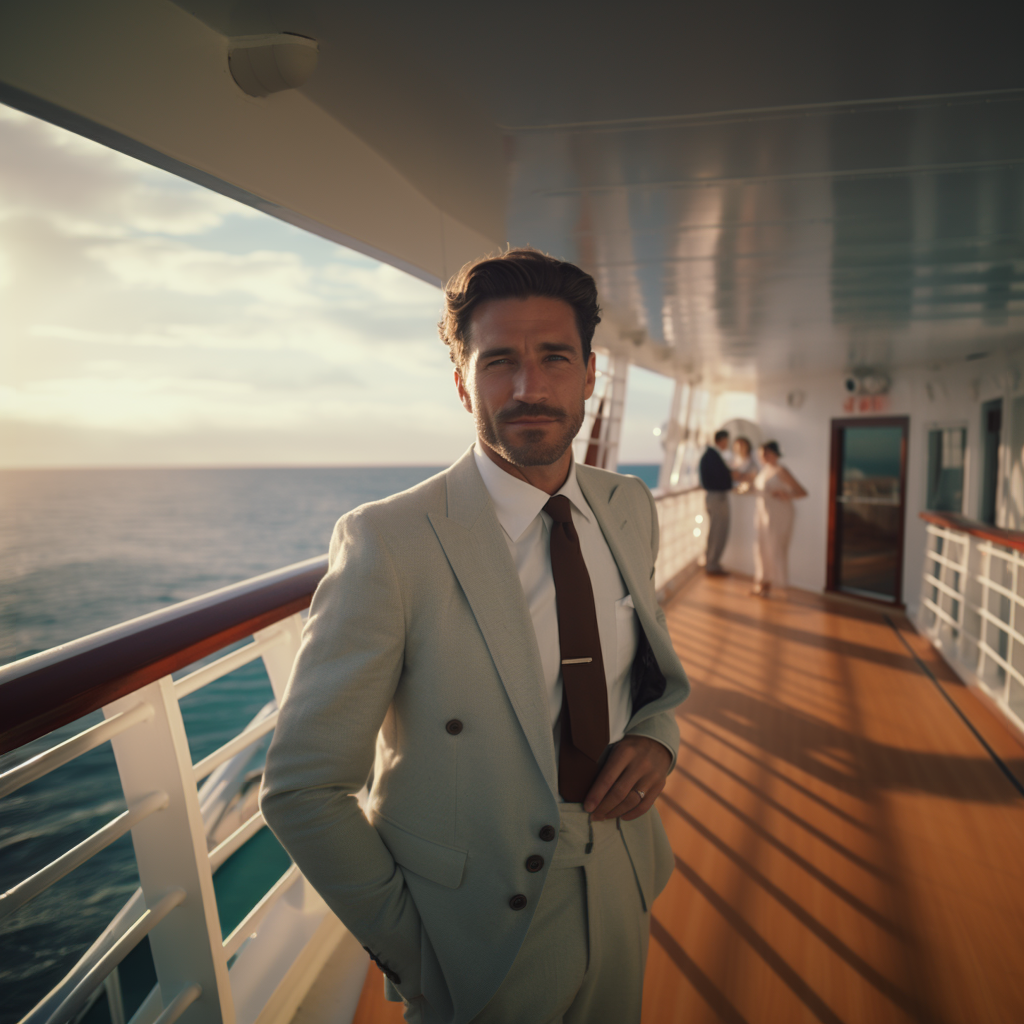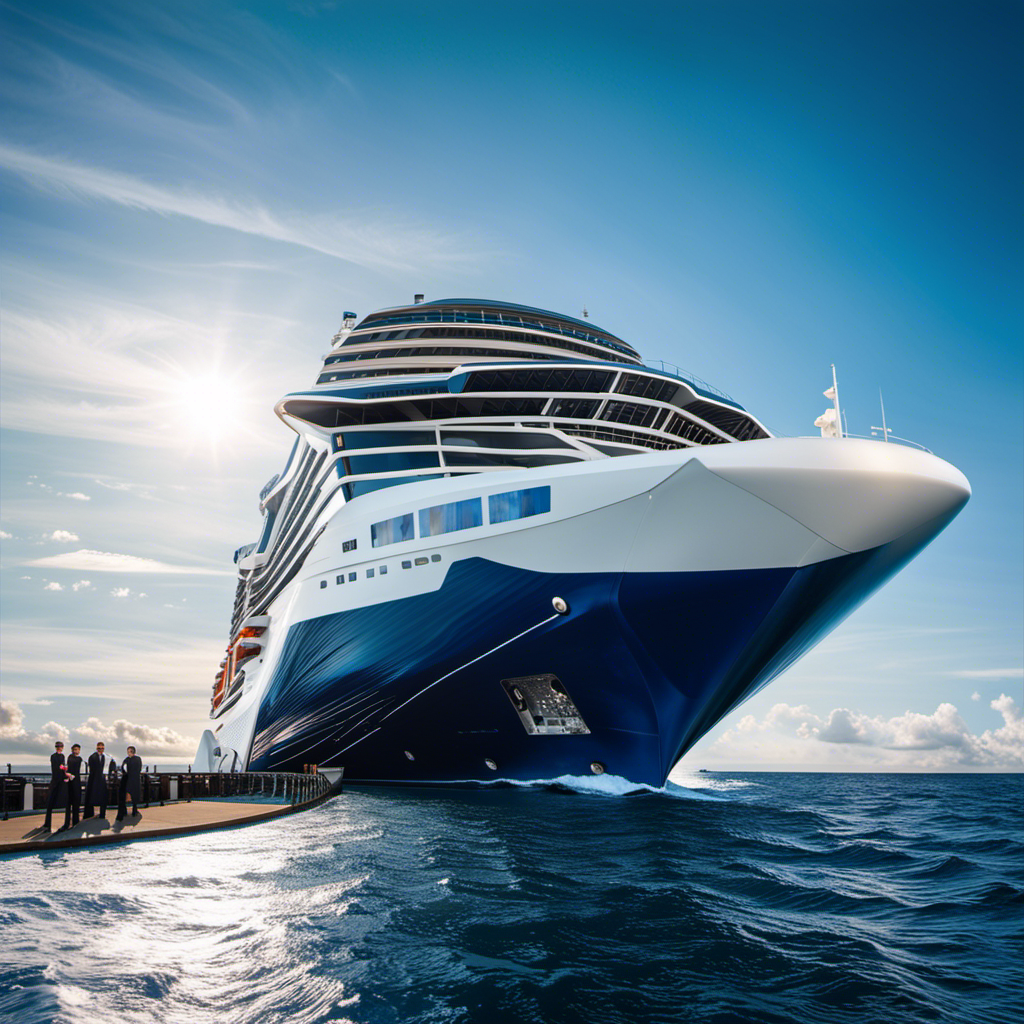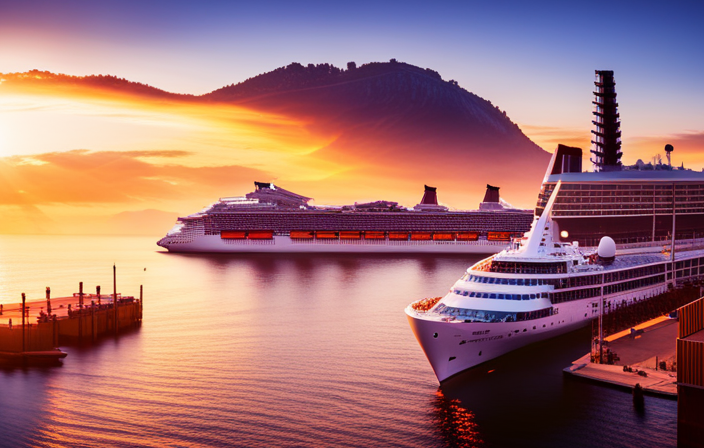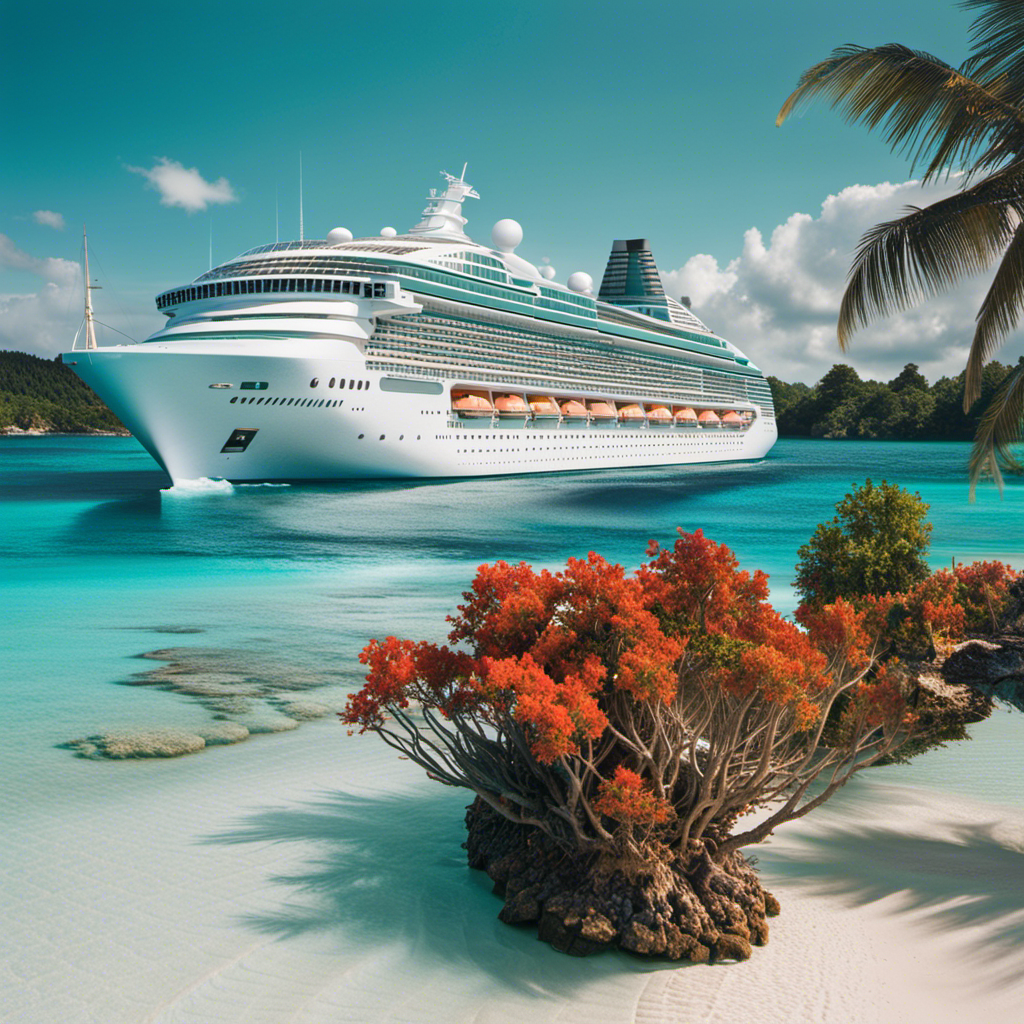Have you ever considered how portholes on cruise ships were developed and function?
These tiny windows that dot the sides of older cruise ships have a fascinating history that stretches back centuries. Originally designed to provide light and air for sailors during long voyages, portholes have undergone significant changes over time.
Today, they can still be found on older ships, offering an affordable option for those seeking an ocean view. However, modern cruise ship design has shifted away from portholes in favor of balcony staterooms and suites, which are more profitable for the cruise industry.
Advancements in engineering and design have made portholes unnecessary for practical purposes, and they are now primarily used for aesthetic reasons. Some newer ships even feature fake portholes in interior cabins, complete with virtual ocean views.
Join me as we explore the intriguing journey of cruise ship portholes and the ways they have transformed in both function and appearance.
Key Takeaways
- Cruise ship portholes were originally designed for cannons on ships in the 15th century and provided light and air for sailors during long journeys at sea.
- Porthole cabins are affordable options for ocean views on older cruise ships, with portholes varying in size between 12-21 inches in diameter.
- Modern cruise ships have transitioned away from portholes in favor of more profitable balcony staterooms and suites, as advancements in engineering and design allow for balconies and doors within cabins.
- Some newer ships have interior cabins with fake portholes and virtual ocean views, as portholes are no longer necessary for light and air.
What are portholes?
I’ve always been fascinated by portholes on cruise ships because they serve as large circular windows on the ship’s hull, providing natural light and air for sailors during long journeys at sea.
Portholes have evolved over the years, and today they are a prominent feature in older cruise ships. One of the advantages of porthole cabins is that they offer an affordable option for passengers who desire an ocean view.
The size of portholes can vary between 12-21 inches in diameter, allowing for a decent amount of light to enter the cabin. While modern cruise ships have transitioned away from portholes in favor of balcony staterooms, porthole cabins still hold a certain charm and nostalgia.
They provide a unique experience, allowing passengers to feel connected to the ocean and the history of seafaring.
History and Function
Throughout the ages, these circular portals have been the faithful companions of sailors, allowing them to drink in the beauty of the vast expanse beyond the ship’s hull.
The history of portholes traces back to the 15th century, when they were originally designed for cannons on ships. They served a practical purpose, providing much-needed light and air for sailors during long journeys at sea.
As technology and ship design evolved, so did the portholes. Today, portholes have become more than just functional windows. They have evolved in both design and purpose, blending practicality with aesthetics.
Modern cruise ships now prioritize balcony staterooms and suites, making portholes less necessary for light and air. However, they still hold their charm and are often incorporated into the design of cabins for their nostalgic appeal.
Some newer ships even feature interior cabins with fake portholes and virtual ocean views, showcasing the evolution of portholes from purely practical to both functional and visually pleasing.
Transition to Modern Design
As cruise ships have modernized, the focus has shifted towards incorporating balcony staterooms and suites, making the traditional portholes less essential.
Advancements in engineering and design have allowed for the creation of balconies and doors within cabins, eliminating the need for portholes to provide natural light and air. These new designs offer passengers a more luxurious and spacious experience, with the added benefit of private outdoor space.
The functioning portholes that were once necessary for sailors during long journeys at sea have been replaced with similar designs for aesthetic purposes. Some newer ships even feature interior cabins with fake portholes and virtual ocean views, further enhancing the passenger experience.
With these advancements, cruise ship design has evolved to prioritize comfort, convenience, and breathtaking views for passengers.
Frequently Asked Questions
What are the advantages of having a porthole cabin on a cruise ship?
Having a porthole cabin on a cruise ship is like having a personal window to the ocean. The advantages include affordable pricing, a connection to the sea, and the ability to enjoy natural light and fresh air during the journey.
Are porthole cabins available on all cruise ships?
Porthole cabin availability varies among cruise ships. While older ships often offer porthole cabins, modern ships tend to prioritize balcony staterooms. However, some newer ships may have interior cabins with fake portholes for aesthetic purposes. Porthole cabin design trends have shifted towards balconies and virtual ocean views.
How do cruise ships without portholes provide natural light and air in their cabins?
Cruise ship cabin design incorporates various natural lighting options to provide light and air in cabins without portholes. This includes larger windows, balconies, and innovative engineering for interior spaces to create a comfortable and well-lit environment for passengers.
Are porthole cabins more affordable compared to other types of cabins?
Pricing comparison shows that porthole cabins are more affordable compared to other cabin types. They offer accessibility options for those who want an ocean view experience without the higher cost of balcony staterooms or suites.
Can passengers open the portholes in their cabins for fresh air?
Passengers cannot open the portholes in their cabins for fresh air. However, modern cruise ships prioritize passenger comfort and ventilation options, such as air conditioning systems and adjustable vents, ensuring a pleasant and breathable environment.
Alfons is the visionary leader and driving force behind Voyager Info’s success. As the Editor in Chief, he brings a wealth of experience and an unwavering passion for travel to the helm of our cruise-centric platform.
With a lifelong fascination for exploring new horizons, Alfons discovered his love for the ocean and cruising at a young age. From sailing across pristine Caribbean waters to embarking on daring expeditions to far-flung destinations, he has amassed a treasure trove of first-hand experiences in the world of cruising.


